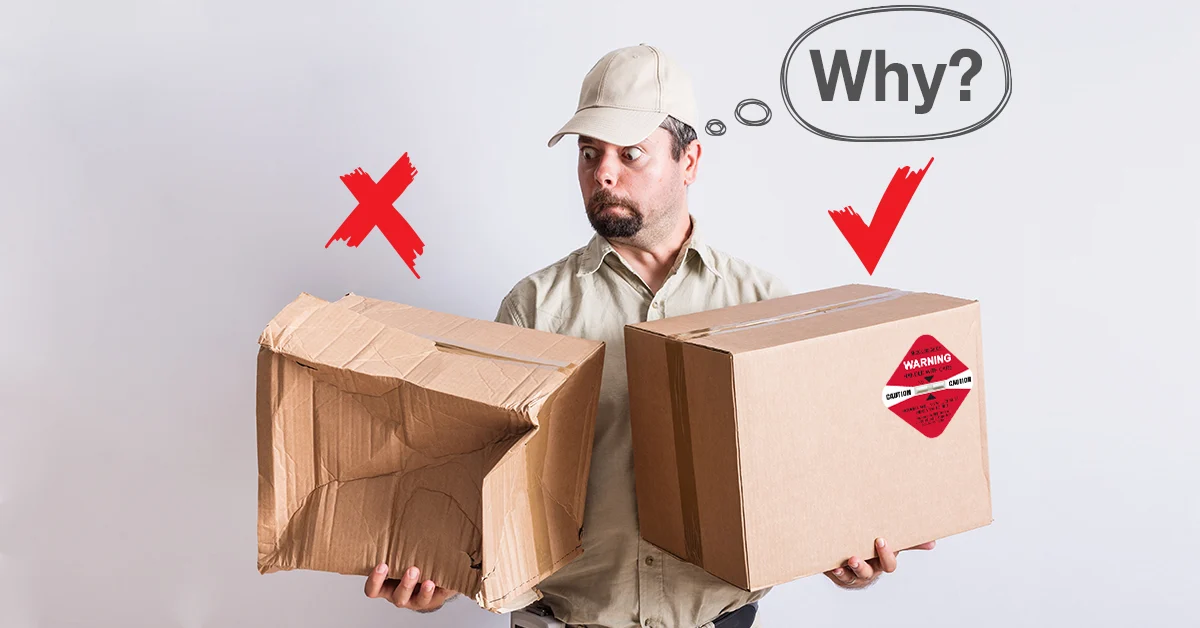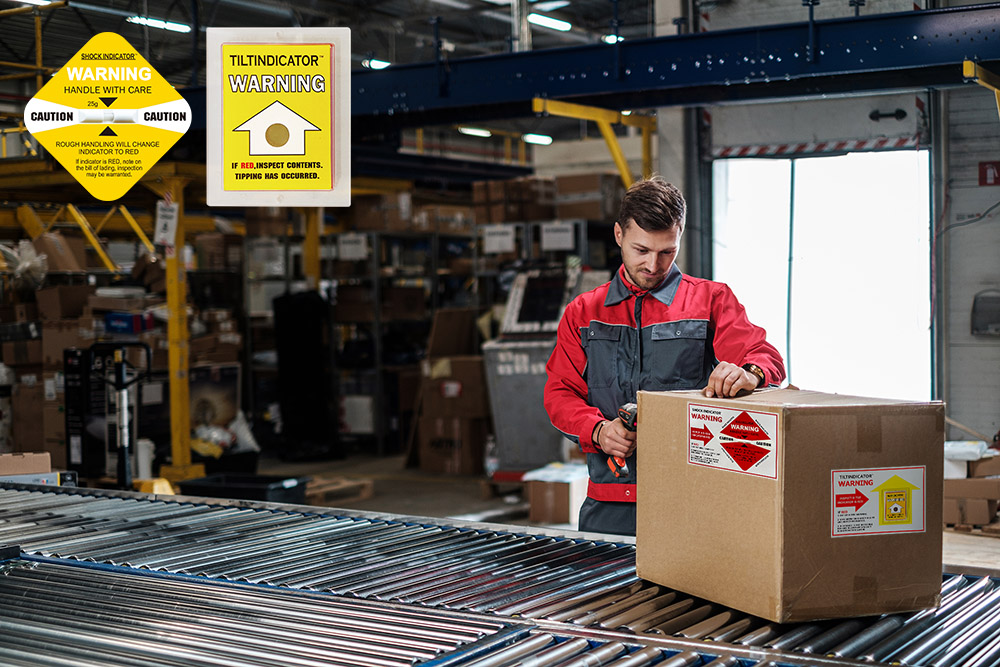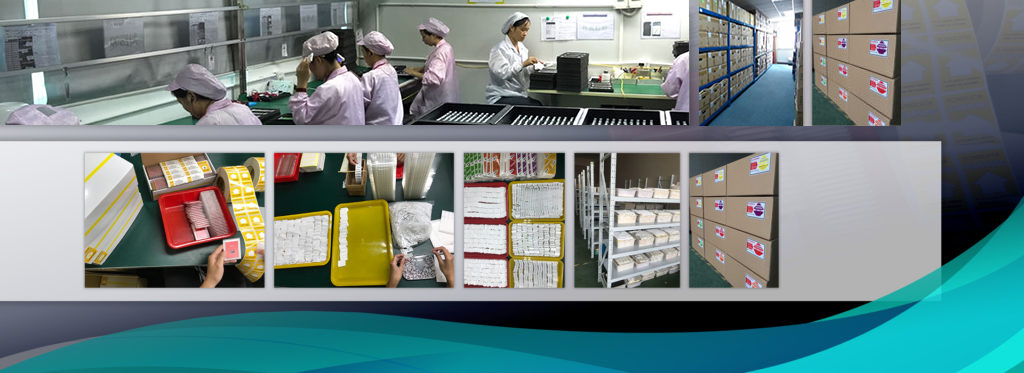The Role of Tilt Indicators in Safe Shipping
Protecting live plants and bonsai from shipping damage is crucial to ensure they arrive at their destination in good condition. Tilt indicators can be a helpful tool in this regard, as they provide a visual indication if the package has been mishandled or subjected to excessive tilting during transit.
Is it possible to ship live plants?

It is widely recognized that plants play a pivotal role in air purification, promoting healthier indoor environments. Moreover, scientific studies have substantiated their ability to enhance moods and alleviate stress. The fascination with plants has undergone a remarkable transformation, transcending transient trends to become a lasting passion for numerous individuals. Consequently, our business has seen a substantial surge in orders, with a consistent rise in the demand for shipping live plants. To ensure the safe transportation of these precious botanical treasures, we have incorporated tilt indicators into our shipping process.
Tilt indicators serve as crucial tools in safeguarding the well-being of our plants during transit. These devices offer a visual indication if the package has been mishandled or subjected to excessive tilting while en route. This precautionary measure is vital for the protection of the plants’ delicate roots and foliage.
Shipping live plants across the country is indeed possible; nevertheless, due to the living nature of these plants, there are various essential steps and precautions to take before shipment.
What measures can be taken to ensure the survival of plants during the shipping process?
Ensuring the safe arrival of our plants during shipping involves meticulous packing in a sturdy, appropriately sized box to prevent any movement during transportation. Adequate cushioning is also a crucial part of the packaging process.
Given the potential for long journeys, we must include sufficient water and soil inside the box to sustain the plants throughout the duration of transit. This becomes even more challenging, as we must take extra precautions to prevent water spillage, which could otherwise damage both the box and the live plants.
Despite our thorough preparations – Tiltindicator, there are instances where our plants may not reach their destination in pristine condition. This is primarily due to the various challenges that our boxes may encounter during transit, including potential impacts such as kicks, drops, or even being turned upside down. Consequently, customers may receive damaged or, in unfortunate cases, deceased plants or bonsai. Such occurrences not only result in financial losses for us but also lead to customer frustration, particularly when the shipment is intended as a gift.
What measures can we implement to safeguard our indoor plants and bonsai from shipping-related damage?

Despite our best efforts to ensure the protection of our products, the issue of shipping damage continues to persist unexpectedly. Recognizing that the secure delivery of our plants is crucial to the success of our business, we find ourselves in a situation where this challenge is beyond our expertise. Therefore, we have sought out “Shockindicator”, recommended through word of mouth, as the source of the optimal solution. It appears that tilt indicators are precisely what we require to address this issue effectively.
Tilt indicators are a reliable means of preventing shipping damage.
A tilt indicator is a cost-effective, single-use device renowned for its effectiveness in safeguarding shipments, particularly those requiring items to remain upright throughout transit. The straightforward application involves attaching the device to our box. Its versatility and prominent appearance serve as clear signals to handlers, reminding them to exercise extra caution when dealing with this specific package to avoid activating the device.
Given the presence of water, soil, and delicate plants inside the box, maintaining an upright orientation is imperative to prevent spills. In the event of mishandling that causes tipping, our comprehensive monitoring system promptly notifies us. This not only allows us to pinpoint the responsible party but also provides undeniable evidence of the mishandling. Consequently, we can identify and rectify issues within our supply chain, optimizing our procedures for improved efficiency.
Reflecting on our past experiences, the early adoption of this effective device could have prevented the loss of both customers and revenue.





